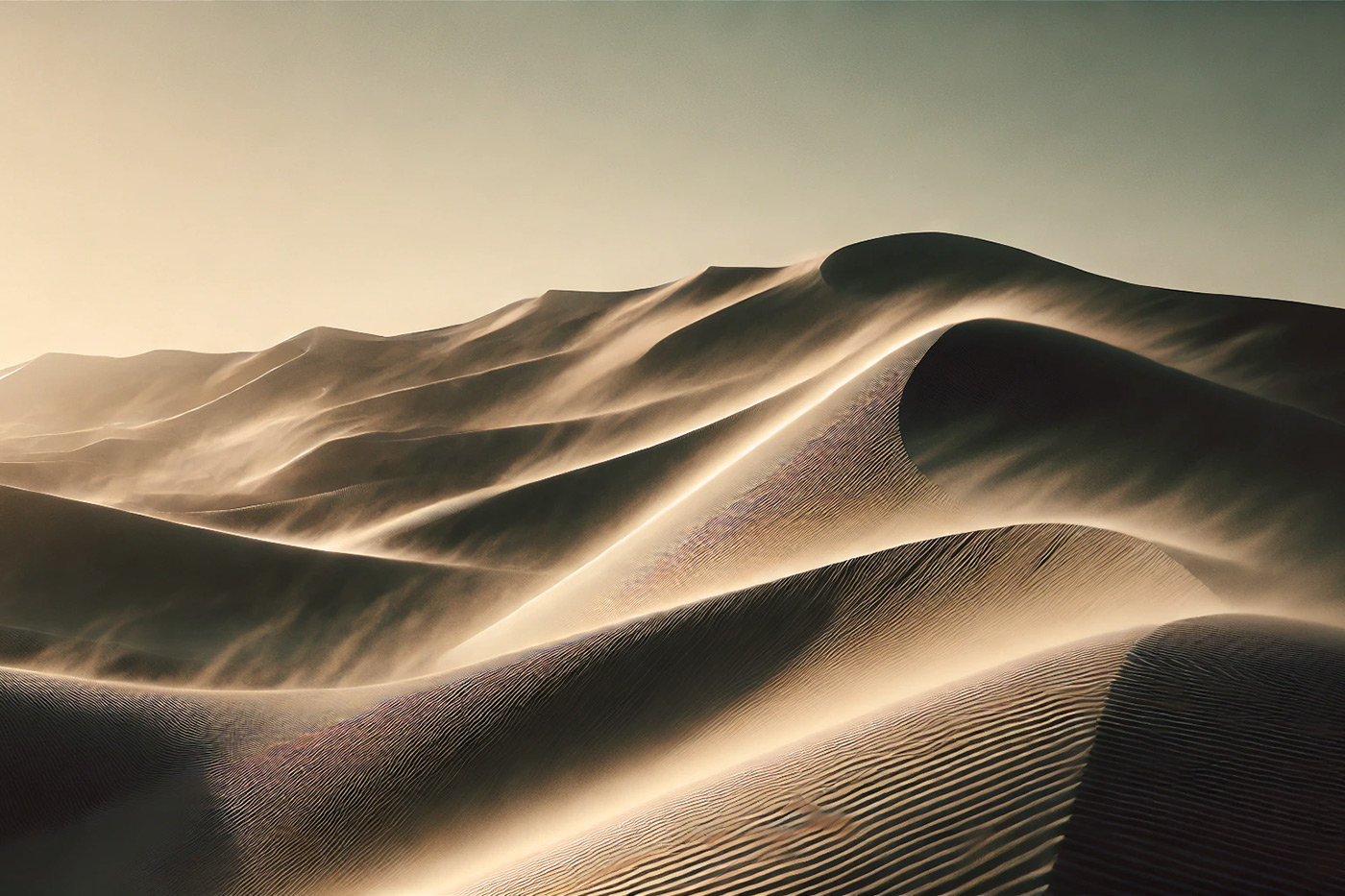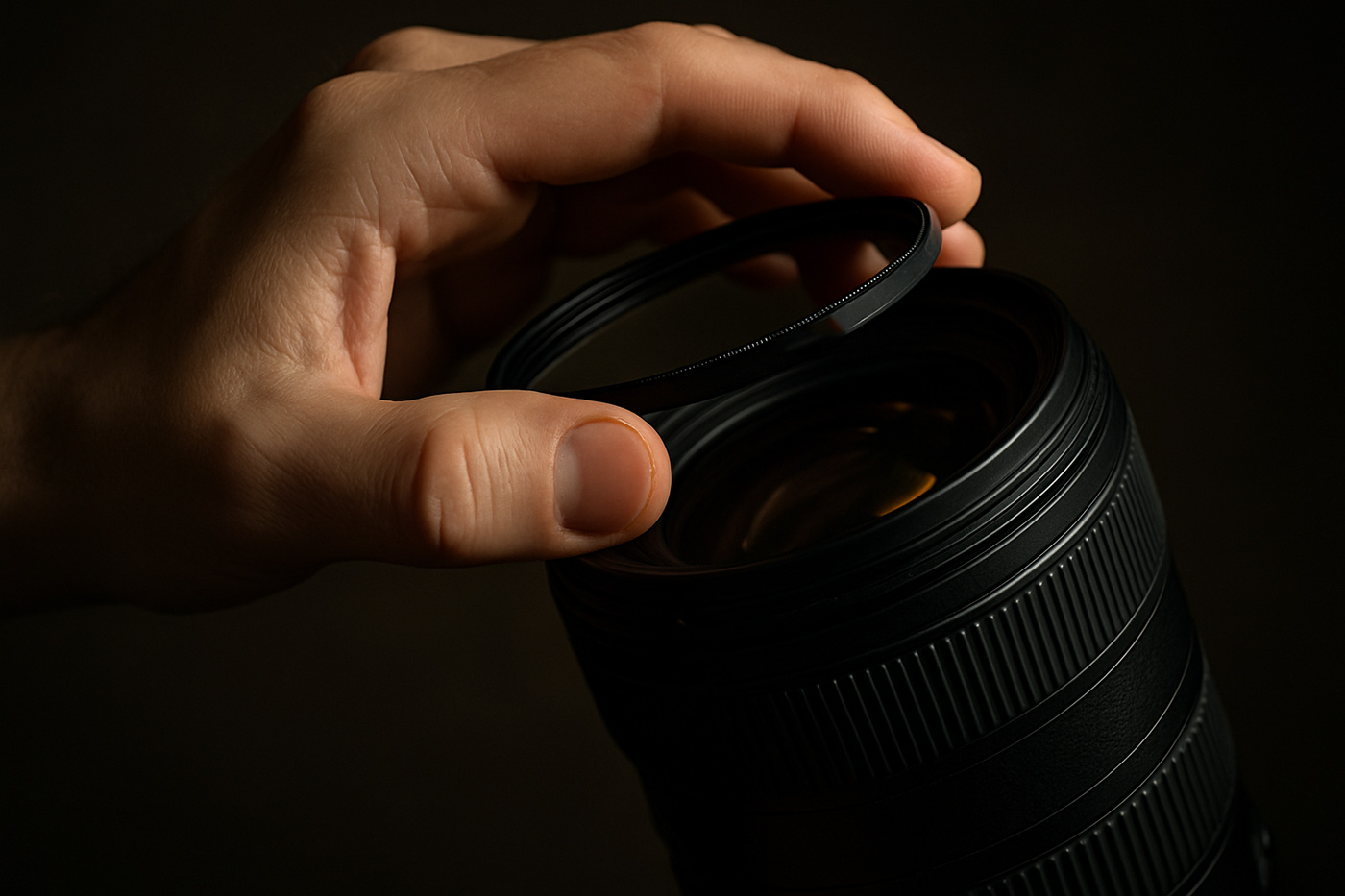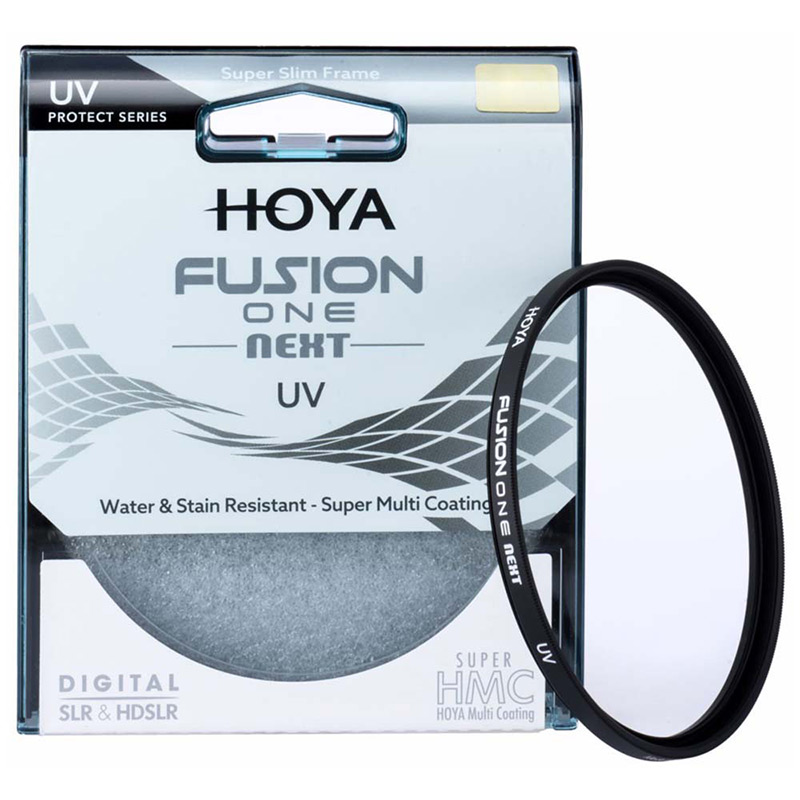- Call us: 01444 237070
- Contact Us
- Stores
- Sign In / Register
-
- Back
- Used Cameras
- Used Accessories
- Used Lenses
- Used Video
- Used Film Equipment
- Used Stock Alert
- Used Blank Test
- Sell or Part Exchange
- Used Clearance
- Recently Added Used Equipment
- Park Picks
- All Used Black Friday Deals
- Faulty
- Trade-In
- Blog
- New in
- Call us
- Contact us
- Stores
- Sign in
- Categories
- Tips & Inspiration
- Reviews
- News
- Events
- Features
- Buying Guides
- Competitions
Pros and Cons of a UV Protection Lens Filter
Photographers often invest in expensive camera lenses, knowing that lenses are equally, if not more important than a camera body for image quality. However, the front element of a lens is constantly exposed to hazards like scratches, dust, water and oil, all of which can degrade image performance over time, some, far more quickly than others!

This post is based on personal experience, exploring the pros and cons of a UV Protection Lens Filter to help you avoid any costly mistakes. Effective lens protection isn’t just about preventing damage; it's also about preserving image quality and ensuring consistent results.
By understanding the importance of lens protection, photographers can take proactive steps to safeguard their investments and maintain gear longevity. Keeping your equipment in tip top condition also helps with getting the best camera trade in price and general resale value, which we also explore below.
Background to UV filters and lens protection
If you’re reading this, you’re probably wondering whether a UV filter affects image quality or sharpness, and if they’re even worth using at all. You might be considering lens protection while travelling, capturing epic waves, or deciding when to use a circular polariser instead of a UV filter.
These questions often spark heated debates among photographers and content creators. This post is based on my personal experience, particularly how a lens scratch during a review led me to explore the benefits of UV filters and their impact on image quality.
It’s possible that you or someone you know has had different experiences. This is purely based on my own fieldwork and reviewing camera equipment, rather than controlled laboratory testing. I’ve explored when it’s best to use a protection filter for me, when to avoid it, and the general use of filters.
If you primarily photograph outdoors, on-location, or in challenging environments, this article is worth reading to help you decide when and where to use lens protection, and when it might not be necessary.

UV filters Vs protection filters, what’s the difference?
UV filters are designed to block or filter ultraviolet light, while a protection filter is simply clear glass that protects the front element of your lens. Some photographers argue that modern sensors don’t benefit much from UV filtration, however, the advantages are apparent when using telephoto or super telephoto lenses.
Capturing images over longer distances, particularly in humid conditions, often results in reduced contrast, heat haze, and blurring. In my experience, a UV filter can mitigate these effects, improving image clarity.
A circular polariser may also work well, if not better, in damp or humid conditions, particularly where there are lots of reflections from glass, foliage or wet surfaces. If you need the absolute best results possible for a portfolio shot, client work, or simply because you like to capture the best result in-camera, I suggest testing all three types of filter in each situation to determine which results you prefer.
Based on personal experience I know that by choosing to omit using a UV, protector or polariser, the front element is exposed to potential damage. While this isn’t an issue in many situations, it can be catastrophic in others, which we explore next.

When to use a UV lens filter
Having inadvertently scratched the front element of a lens during a review, I decided to consider when it’s essential to protect a lens with a UV or protector filter. Here are the conditions I recommend:
- In windy conditions – to prevent dirt, dust, and debris from damaging the lens
- At locations with sand or dusty debris – such as beaches, building sites, deserts, and generally arid environments, including dusty town streets
- When shooting at the beach – combining windy and sandy conditions, even on pebble beaches
- When walking in areas with obstacles – for example, in woodland or while hiking in covered terrain, where the camera is exposed to accidental knocks and scratches
When Not to Use a UV Filter
During tests, I noticed that in certain situations, using a UV filter negatively impacted the results, leading me to remove it. This primarily occurred when shooting in backlit conditions, with the sun in front of me, which caused excessive lens flare as light reflected off the additional glass layer.
Although a lens hood can reduce lens flare, there are situations where it isn’t effective. A tip is to keep the filter case or a wrap in your pocket during sessions where this might happen, saving time and hassle.
Additionally, I would avoid stacking filters on top of a UV filter, opting instead to remove the UV filter before using another. Personally, I prefer having less glass in front of my lens whenever possible.
Can a UV filter reduce sharpness?
Possibly, yes, especially if you opt for a cheap UV filter from an unknown brand. Adding layers of glass can reduce the amount of light entering the lens (transmission) and impact image quality. However, choosing a reputable brand should avoid any detrimental effects.
That’s not to say you need to buy the most expensive filters. Brands I’ve personally found to be consistently reliable include:
- Hoya – Having used multiple Hoya filters of every kind over the years I can attest to their quality, including a Hoya VND II while using ND Filters for long exposure photography
- Kase is a newer brand to Park Cameras, and one which thoroughly impressed by during a Kase Filters Review
- PolarPro has been around for 20 years believe it or not, and create high profile filters such as the PolarPro Shortstache Everyday Filter reviewed here
- Additionally I’ve found German brand B+W to be excellent quality, as are H&Y, LEE filters and ZEISS, all of which I’ve used at one time or another.
An often overlooked aspect of choosing a filter is light transmission, and simply put, more is better. Premium filters are designed to maximise light transmission while reducing potential loss of clarity or detail. The type of lens coatings applied plays a role here, with some manufacturers using non-reflective and nano-coatings to reduce glare and reflections.
Glass coatings can also help repel water and oils, making filters easier to clean and maintain. After all, we often look for fluorine coatings on the lens itself as a sign of higher quality.

Cleaning a lens
We’ve covered how to clean a camera lens previously, which emphasises the importance of blowing dust or debris off the front element before wiping or cleaning with a cloth. This is critical whether you have a filter attached or not, as grinding debris into glass can cause damage.
A clean and well looked after lens will also attract a higher resale value when it comes to selling your camera gear too.

UV Filters Explained | What is a UV Filter - Video
Gareth discusses the pros and cons of lens filters in this video here.
Conclusion
The decision to use a filter depends on factors such as prevailing shooting conditions, location, and personal preference. It’s essential to weigh the benefits of a protection filter against the purity of shooting without one, the additional time threading it on, and of course the cost.
For those shooting outdoors filters are indispensable, particularly for landscape and wildlife photography. A filter will protect from dust, splashes, scratches, and accidental brushes against foliage. If this sounds like your style of shooting, a UV or protector filter is essential, but you may find a CPL (polariser) is more appropriate much of the time.
Photographers working indoors, such as studio portrait or product photographers, will likely find protection filters less important. In controlled environments, the risk of physical damage is far lower, and I don’t personally use one for indoor shoots.
Having experienced the pain of damaging a front element when a filter would have prevented it, I now always use one — except when I need ultimate image quality or when shooting in backlit conditions. Typically, I leave a circular polariser, or a mist filter, or UV filter on all lenses until I need to swap for another type or if image quality is impacted.
Explore our range of UV filters, protector lens filters and polarising filters for every conceivable thread size and budget and ensure that your lens is safe from day one.
Share this post:
By Nick Dautlich on 13/08/2024
Nick Dautlich
Senior Content Writer and Product Reviewer
Nick Dautlich is the Senior Content Writer and Product Reviewer at Park Cameras, with over 15 years of photography experience. A Sony Imaging Professional and expert reviewer, Nick has worked with major brands such as Canon, Sony and Nikon. His work is also featured on Vanguard World UK’s website, Capture Landscapes, and Shutter Evolve. Nick’s photography includes National Trust projects and magazine covers and he is passionate about landscapes and storytelling. Nick also enjoys hiking and teaching his children about nature. Learn more on his profile page.

Trade in your old equipment
Fast and easy trade in service ensures your old gear is collected efficiently and you are paid quickly! It's very simple to trade in your unwanted photography gear. Just head over to our dedicated Sell or Part Exchange page, fill out the details, and we'll get back to you with an offer for your old gear. Take the cash, or put it towards the cost of your new gear. It's up to you! Find out more
sign up to the newsletter
Keep up to date on the latest photography news, events and offers. Sign up now
